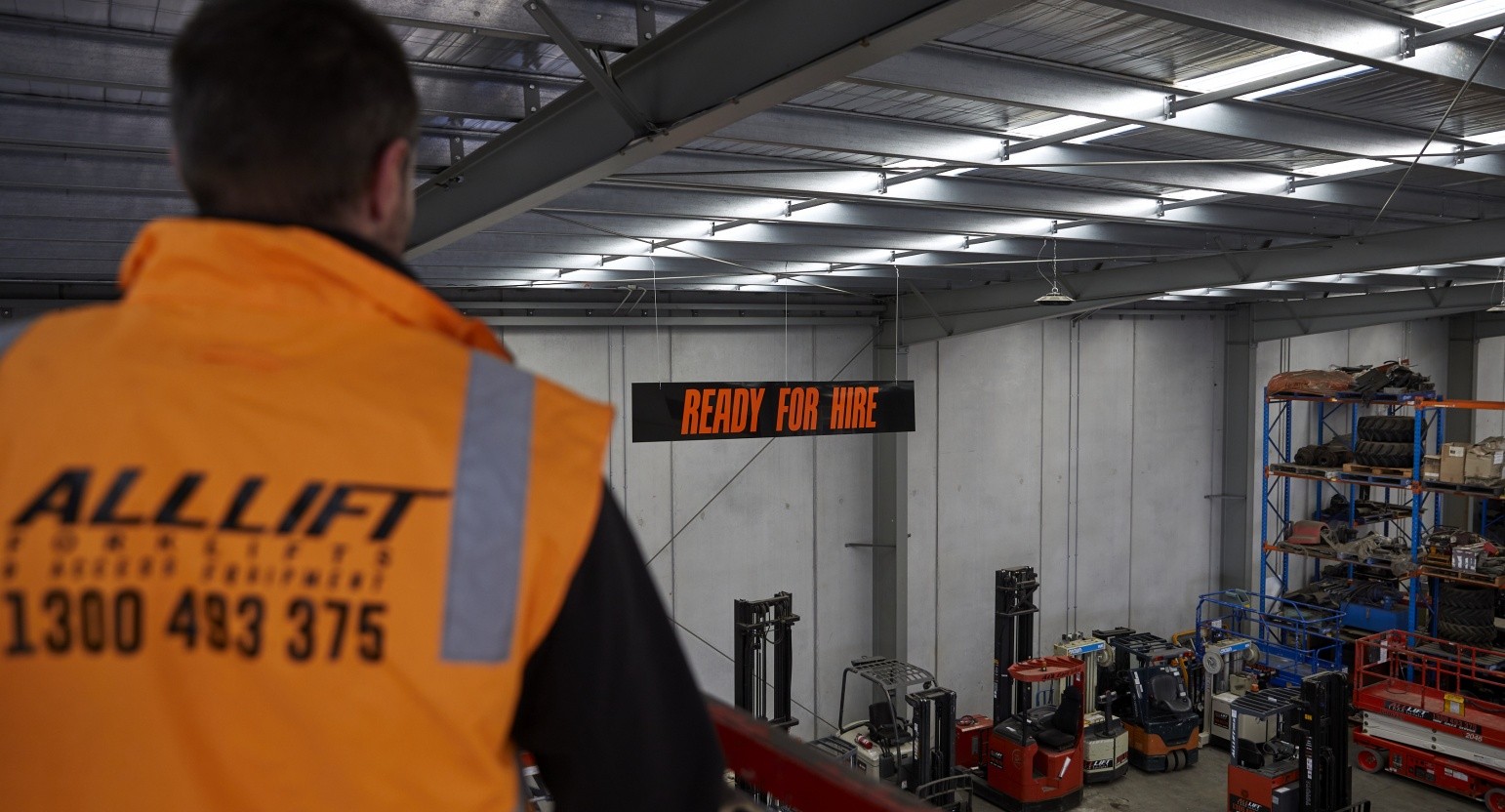How to prepare your warehouse for the new financial year
Coming into the EOFY can be hectic. With EOFY offers, group certificates, inventory offloading, government tax incentives driving sales and stocktake, there’s a lot running parallel to your normal workload. When you’re running a warehouse, there are specific things you need to do to prepare for the end of the financial year, and set yourself up for the next one. Although not exhaustive (we are by no means EOFY advisors!), here are some things we make sure we get done to ensure a smooth financial year transition.
Stocktake
Stocktake is a necessary evil. It can feel a bit too hard basket sometimes, but aside from sometimes legally being required, it’s also just a really helpful habit to get into. On the legal side of things, businesses only have to provide an EOFY stocktake to the ATO if you have an annual turnover of $10m or more. However, it is also legally required to do so if there’s a difference of more than $5000 between the opening and closing stock levels (increase or decrease). This might then apply to more businesses than normal this particular financial year after the effects of the pandemic.
However, even if it’s not required, do your future self a huge favour and stay on top of your stocktake! It helps enormously with keeping up with the general business process, helps your sales teams, helps with the scope of offers you have the capacity to provide and keeps you organised for if the ATO does some day come knocking for your inventory details.
Review you layout
Use your stocktake process to also cast your eye over the whole layout of your warehouse. Especially if you’ve been in business at the same premises for a while, the function of your warehouse has probably organically grown with time, rather than having too much thought into how things could run better. If you’ve seen your business grow, too, you may be working on a layout model that is suitable for a smaller operation. As you’re moving old stock and looking to have new stock come in, rethink how it all works and if it’s still working for you. The best people to know this is your staff. Get them involved, ask them for their suggestions and find solutions that will improve the run of the warehouse. You can eliminate time wasting processes, create a safer and more productive worksite and have a layout that matches your business as it stands currently.
Make it an opportunity to rejig process and performance
EOFY can be as much a time to renew as the linear new year. It offers a bit of a fresh start to the performance of your worksite, and efficacy of your processes. Especially in warehouses, the mechanics of the worksite are extremely important - they’re defined by the space, and logistics of working in that to produce or house your product. There are always new and innovative ways to improve how all that works, which in turn really helps your staff have a positive daily experience. Obviously, our schtick is forklifts and access equipment, so that’s where our brains go! With that, we are really on top of the innovation being developed in this space that vastly improves the productivity (and general team performance) of worksites. In particular our Teletrack system. You can read more about Teletrack here. But, in short it’s a tracking technology that works through mobile access and connects the operator, hire company and warehouse manager to the machine (including who is driving, how long and when they’re driving, the GPS location of the machine, and the qualifications of the operator).
Be aware of new opportunities
EOFY can be an opportunity to maximise your opportunities through ATO schemes such as the Instant Asset Write Off. Utilising these schemes means you may be able to stock your warehouse with newer equipment, meaning you can tackle the new financial year with greater peace of mind for lower equipment downtime due to servicing.
Disclaimer: Please note that this information is a guide only, and is not to be interpreted as final advice. Please talk to your accountant or business advisor for your specific needs.





